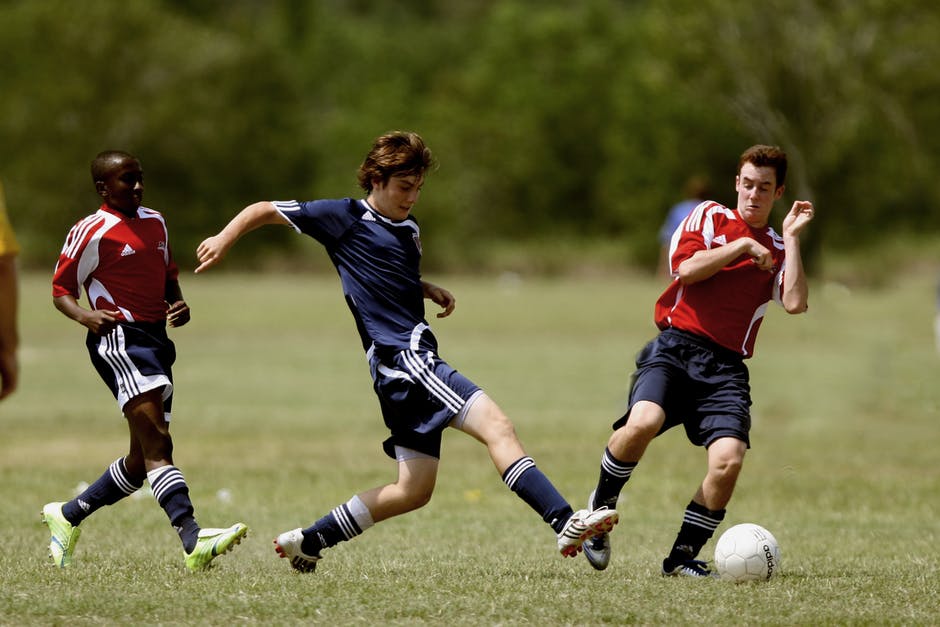Speed Training: Resisted Sprinting
In 1978 an article was published by a Soviet athlete, coach, and sport scientist named Ozolin on the speed barrier (see https://www.cissik.com/blog/2012/02/classic-article-ozolin-and-the-speed-barrier/ for a summary). Essentially the article said that if athletes are engaged in speed training long enough, they get to a point where they are challenged to train their limbs to move faster. In that article the author recommends breaking through this speed barrier by making sprinting more difficult (i.e. resisted sprinting) or making it easier (i.e. assisted sprinting). In this post we’re going to talk about resisted sprinting.
Resisted sprinting is about making the sprinting motion more difficult. This is done by adding resistance. For example, adding a parachute, pulling a sled or a teammate, sprinting uphill, etc. The theory here is that by making it more difficult we train the body to recruit more motor units during the sprinting motion which can then be carried over to an un-resisted sprint, allowing us to eventually sprint faster.
It’s important to understand that resisted sprinting doesn’t work like the weight room does. In the weight room, if I can add a hundred pounds to my back squat then I have become stronger, potentially more explosive, and my body has developed accordingly. But with sprinting, adding too much weight is going to have a negative impact on sprinting.
Why is this? When we add too much resistance to sprinting it changes how we sprint. We begin to lean forward against the resistance, which means we get less hip extension when sprinting. Our strides shorten. Our technique breaks down. There is a real possibility of learning bad habits and transferring them to unassisted sprinting, which is not what we want.
So how much resistance should we add? There are two guidelines for this. The first is the eye test. Is the athlete’s sprinting form impacted by the resistance? If so then we’ve added too much. The second is the 10% rule. If the athlete slows down by more than 10% then we’ve added too much resistance.
It doesn’t take a lot of resistance to have a training effect, which is something that coaches need to keep in perspective. Another challenge is that this is not a training tool for beginning athletes. Ozolin meant this to be used by athletes that have been doing speed training for years and have established motor patterns – in other words this excludes most junior high and high school athletes.



1 thought on “Resisted Sprinting”
This is an insightful look into resisted sprinting’s. I will look further in Ozolin’s work. Thank you, Coach!
Comments are closed.